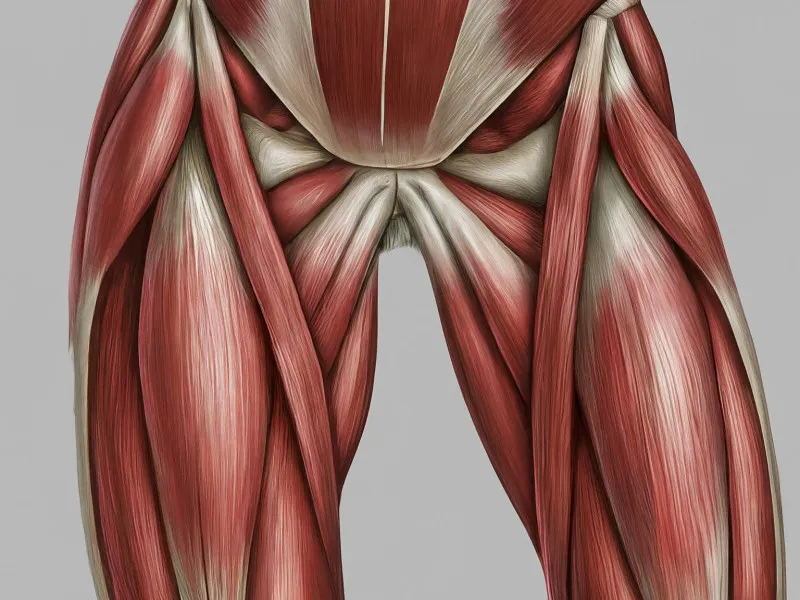
Introduction
Gilmore Groin, often encountered in the world of sports medicine, presents a unique set of challenges. This article offers an in-depth look at the anatomy involved in Gilmore Groin, enhancing understanding for both practitioners and patients.
Anatomy Involved in Gilmore Groin
Gilmore Groin, also known as sportsman’s hernia, involves several anatomical structures in the groin area. Key among these are the muscles and tendons of the lower abdominal wall, the adductor muscles of the thigh, and the inguinal canal. The condition primarily affects the area where these muscles intersect and attach to the pubic bone.
Understanding the Musculature
The lower abdominal muscles, particularly the obliques and transversus abdominis, play a significant role. Their tendons attach to the pubic bone and are integral to core stability. The adductor muscles, responsible for moving the thigh towards the body’s midline, also attach near this region.
The Role of the Inguinal Canal
The inguinal canal, a passage in the lower abdominal wall, is another critical area. It houses nerves and blood vessels that can be affected by the strain associated with Gilmore Groin.
Connective Tissue Involvement
The condition also involves the connective tissue (fascia) encompassing these muscles. Strain or injury to this area can lead to Gilmore Groin, presenting as pain and weakness.
Treatment Options
Treatment for Gilmore Groin ranges from conservative management, including physiotherapy and rest, to surgical intervention in more severe cases. The choice of treatment depends on the severity and the athlete’s specific needs.
Role of Rehabilitation
Post-treatment rehabilitation is crucial. Tailored exercise programs and gradual reintroduction to sports activities are essential for complete recovery and prevention of recurrence.
Preventive Measures
Prevention of Gilmore Groin involves understanding the risk factors, like overuse and muscle imbalance. Athletes should focus on strengthening core and pelvic muscles and adhere to proper warm-up routines.
Conclusion
Gilmore Groin, with its intricate anatomical involvement, requires a nuanced understanding for effective management. Recognising the specific structures affected is key to developing targeted treatment strategies.
FAQ Section
-
Which specific muscles are most affected in Gilmore Groin? The obliques, transversus abdominis, and adductor muscles are primarily involved in Gilmore Groin.
-
How does the inguinal canal relate to Gilmore Groin? Strain or injury in the inguinal canal area can affect the nerves and blood vessels, contributing to the symptoms of Gilmore Groin.
-
Can Gilmore Groin lead to hernia? While Gilmore Groin is often termed sportsman’s hernia, it does not necessarily involve the protrusion of organs, unlike a traditional hernia.
-
What is the role of connective tissue in Gilmore Groin? The connective tissue provides support and stability to the groin muscles, and its injury or strain can lead to the development of Gilmore Groin.
-
Are certain sports more likely to cause Gilmore Groin? Sports that involve sudden changes of direction, intense kicking, or repetitive twisting motions are more likely to lead to Gilmore Groin.
